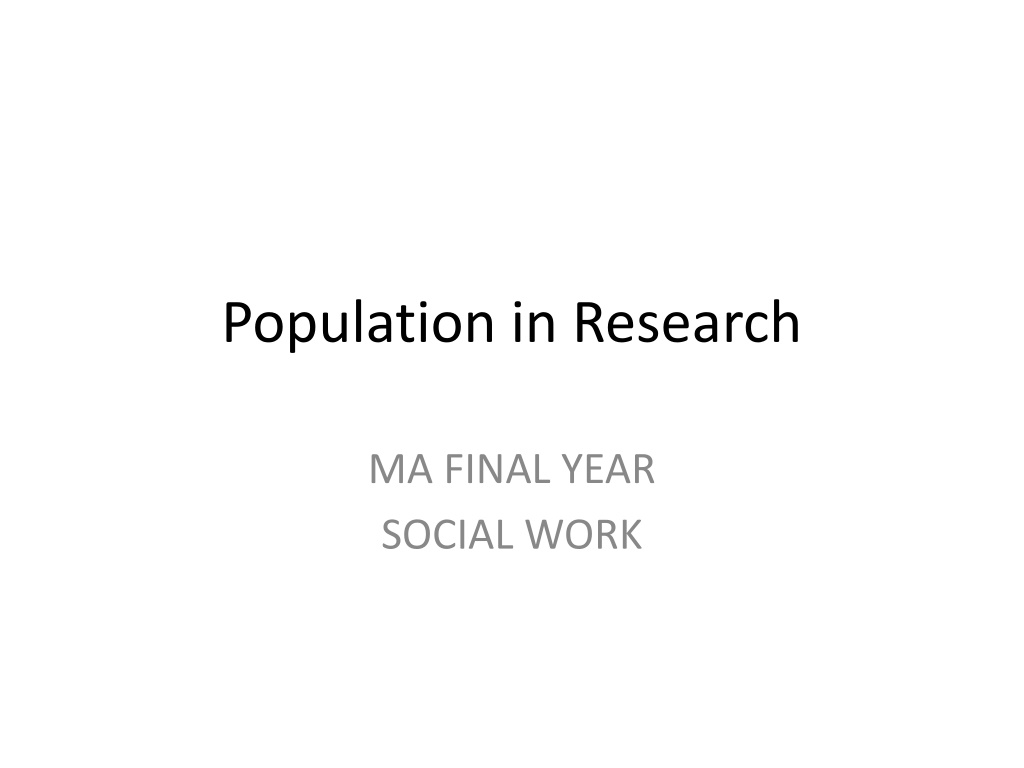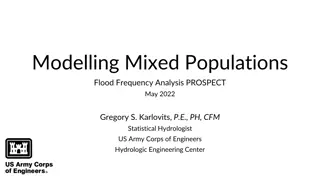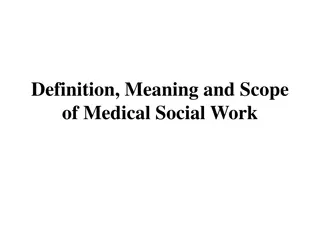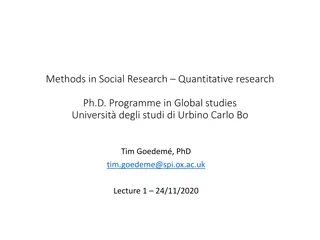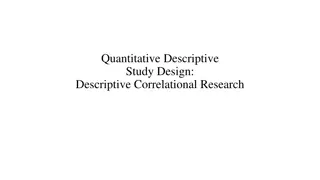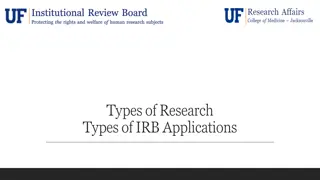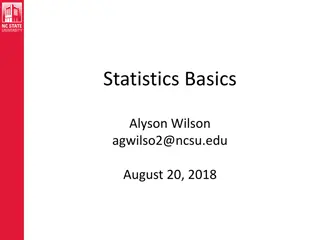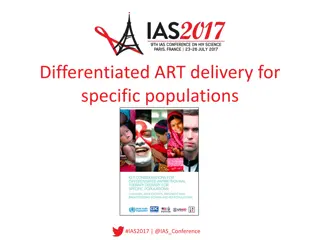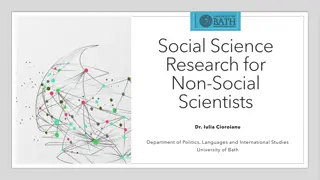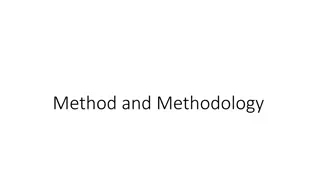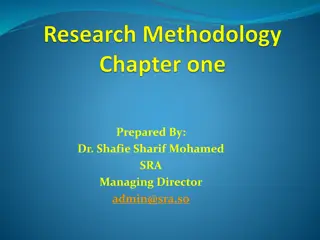Understanding Research Populations in Social Work Studies
Research populations in social work studies play a crucial role in forming the basis for data collection and analysis. The definition, types (target and accessible populations), and challenges faced by researchers in testing entire populations are explored in this informative content.
- Research populations
- Social work studies
- Target population
- Accessible population
- Sampling techniques
Download Presentation

Please find below an Image/Link to download the presentation.
The content on the website is provided AS IS for your information and personal use only. It may not be sold, licensed, or shared on other websites without obtaining consent from the author. Download presentation by click this link. If you encounter any issues during the download, it is possible that the publisher has removed the file from their server.
E N D
Presentation Transcript
Population in Research MA FINAL YEAR SOCIAL WORK
Definition 1. Collection, population, or set of entities, items, or quantities (grouped together on the basis of common or defining characteristics or features) from which a representative sample is drawn for comparison or measurement. __________________________________ 2. A complete set of elements (persons or objects) that possess some common characteristic defined by the sampling criteria established by the researcher
A research population is also known as a well-defined individuals or objects known to have similar characteristics. collection of All individuals or objects within a certain population usually have a common, binding characteristic or trait.
Two Types of Population in Research Target Population Target population refers to the ENTIRE group of individuals or objects to which researchers are interested in generalizing the conclusions. The target population characteristics and it is also known as the theoretical population. Accessible Population The accessible population is the population in research to which the researchers can apply their conclusions. This population is a subset of the target population and is also known as the study population. It is from the accessible population that researchers draw their samples. usually has varying
Owing populations, cannot test every individual in the population because expensive and time-consuming. to the large sizes of researchers often it is too This is the reason why researchers rely on sampling techniques.
